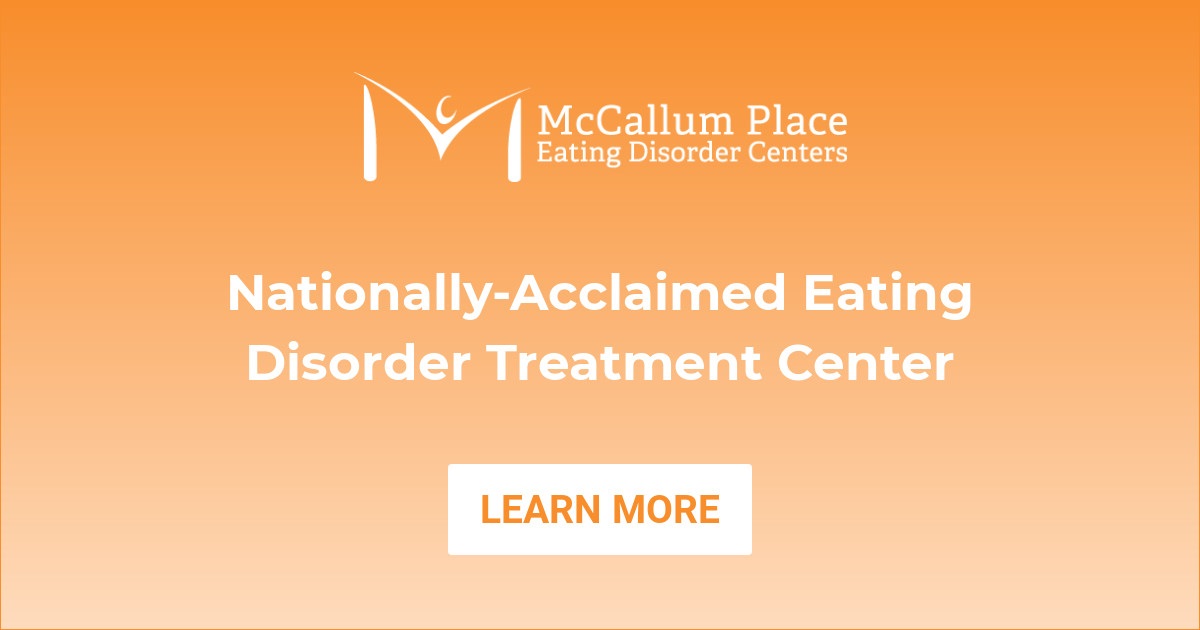- Calls to this hotline are currently being directed to Within Health, Fay or Eating Disorder Solutions
- Representatives are standing by 24/7 to help answer your questions
- All calls are confidential and HIPAA compliant
- There is no obligation or cost to call
- Eating Disorder Hope does not receive any commissions or fees dependent upon which provider you select
- Additional treatment providers are located on our directory or samhsa.gov
Eating Disorder Statistics: What the Numbers Reveal

Eating disorders are a group of complex mental health conditions that involve disturbances in eating behaviors, body image, and self-esteem. They include anorexia nervosa, avoidant/restrictive food intake disorder (ARFID), binge-eating disorder, body dysmorphic disorder, bulimia nervosa, emotional eating, and laxative abuse.
Eating disorders often begin during adolescence, highlighting the importance of early detection and intervention. According to the National Association of Anorexia Nervosa and Associated Disorders (ANAD), up to 57% of adolescent girls engage in unhealthy behaviors such as dieting, laxative and diet pill abuse, and self-induced vomiting [1]. The teenage years are a period of significant physical and emotional changes, societal pressures, and the desire to fit in, all of which can contribute to unhealthy relationships with food and body image.
It is crucial to recognize that eating disorders can affect people of all ages, not just young adults. One study shows that approximately 1 in 7 men and 1 in 5 women experience symptoms of an eating disorder before age 40 [2]. Additionally, research in collaboration with the Academy for Eating Disorders reveals that 9% of the U.S. population, or 28.8 million people, will develop an eating disorder in their lifetime [3].
Health Risks of Eating Disorders
Untreated eating disorders can lead to many negative health effects, including malnutrition, electrolyte imbalances, cardiac abnormalities, gastrointestinal dysfunction, and impaired immune function. Sadly, eating disorders are among the deadliest mental illnesses, resulting in more than 10,000 deaths each year, with one person dying every 62 minutes [1].
Statistics reported by the JAMA Network highlight the following concerning mortality and long-term health effects of eating disorders:
- Only 46% of people who have anorexia nervosa achieve full recovery, and 20% face lifelong health challenges and remain chronically ill due to the disorder.
- Up to 50% of people who have anorexia nervosa will develop bulimia nervosa over time.
- 1 in 5 people who pass away from anorexia nervosa die by suicide.
- Research suggests that individuals who are hospitalized for an eating disorder at a younger age may have a better chance of achieving lasting positive health outcomes. The presence of co-occurring mental health conditions and advancing age may worsen the prognosis for these patients [4].
The impact of eating disorders on a person’s health can be severe and life-threatening. Therefore, it is essential to seek early intervention and comprehensive treatment that addresses the physical and psychological aspects of the disorder.
Call McCallum Place for Help 888-484-9414
Media & Eating Disorder Development
The media significantly promotes unrealistic and idealized body images, often affecting how people perceive their bodies. According to ANAD, 80% of women feel dissatisfied with their bodies by age 18 [1]. Both men and women may feel pressured to conform to societal standards, which can lead to the development of disordered eating patterns. This can create a cycle of low self-esteem and negative body image.
The National Eating Disorders Association reports the following statistics on the media’s impact on eating disorder development:
- Feelings of dissatisfaction with one’s body significantly contribute to the development of anorexia nervosa and bulimia nervosa.
- By the age of 6, young girls begin expressing worries about their weight or body shape.
- 40%-60% of girls in elementary school are concerned about their weight or the possibility of becoming overweight.
- 69% of American elementary school girls who read magazines state that the pictures impact their perception of an ideal body shape, and 47% express that these images make them want to lose weight [5].
It is essential to acknowledge and confront harmful cultural standards and beliefs that promote the development of eating disorders. Promoting body acceptance, diversity, and a balanced approach to food and exercise can positively impact someone’s mental health and well-being.
Co-Occurring Mental Health Disorders
Eating disorders frequently co-occur with other mental health disorders, such as depression, anxiety, and posttraumatic stress disorder (PTSD). Data gathered by the National Institute of Mental Health indicates that 56.2% of people who have anorexia nervosa, 94.5% of people who have bulimia nervosa, and 78.9% of people who have binge-eating disorder meet the criteria for at least one mental health disorder [6].
Sometimes, people develop an eating disorder to cope with symptoms of an underlying mental health condition. For example, someone who has depression may restrict or binge eat to regulate their emotions or regain a sense of control. Disordered eating patterns can also worsen mental health disorder symptoms, making it difficult for people to find peace.
A study published in the Journal of Eating Disorders provides the following statistics about co-occurring mental health conditions:
- 84.5% of people who have bulimia nervosa suffer from high levels of social anxiety.
- More than 50% of adolescents who have disordered eating behaviors also suffer from major depressive disorder.
- Anywhere from 16.1%-31.6% of people who have eating disorders also have posttraumatic stress disorder.
- People who have eating disorders are significantly more likely to feel heightened anxiety and body dissatisfaction and have an increased risk for suicide [7].
An eating disorder can severely impact someone’s mental and emotional well-being. People who have an eating disorder may struggle with low self-esteem, depression, anxiety, and distorted body image, perpetuating a cycle of disordered eating and negative emotions.
Eating Disorder Prevention & Treatment
Eating disorders affect people of all ages, races, genders, and sexual orientations. Despite the severity of these disorders, many people do not seek treatment due to financial constraints, limited insurance coverage, stigma, and a lack of specialized resources in certain areas.
By raising awareness, advocating for accessible treatment options, and promoting body acceptance, we can work toward creating a society that values mental health treatment and empowers people to seek help without judgment. Together, we can challenge the stigma surrounding eating disorders and promote a healthier and more compassionate world.
References
[1] National Association of Anorexia Nervosa and Associated Disorders. (n.d.). Eating Disorder Statistics. Retrieved from https://anad.org/eating-disorders-statistics/ [2] Rikani, A.A., Choudhry, Z., Choudhry, A.M., et al. (2013). A critique of the literature on etiology of eating disorders. Annals of Neuroscience, 20(4), 157-161. doi:10.5214/ans.0972.7531.20040 [3] Deloitte Access Economics. (2020, June). The Social and Economic Cost of Eating Disorders in the United States of America: A Report for the Strategic Training Initiative for the Prevention of Eating Disorders and the Academy for Eating Disorders. Retrieved from https://www.hsph.harvard.edu/striped/report-economic-costs-of-eating-disorders/ [4] Ward, Z.J., Rodriguez, P., Wright, D.R., Austin, S.B., & Long, M.W. (2019). Estimating Eating Disorders Prevalence by Age and Associations With Mortality in a Simulated Nationally Representative US Cohort. JAMA Network Open, 2(10), e1912925. doi:10.1001/jamanetworkopen.2019.12925 [5] National Eating Disorders Association. (n.d.). Media & Eating Disorders. Retrieved from https://www.nationaleatingdisorders.org/media-eating-disorders [6] National Institute of Mental Health. (n.d.). Eating disorders. U.S. Department of Health and Human Services, National Institutes of Health. Retrieved from https://www.nimh.nih.gov/health/statistics/eating-disorders [7] Hambleton, A., Pepin, G., Le, A., et al. (2022). Psychiatric and medical comorbidities of eating disorders: findings from a rapid literature review. Journal of Eating Disorders, 10, 132. doi:10.1186/s40337-022-00654-2About The Sponsor
McCallum Place is an eating disorder treatment center with locations in St. Louis, Missouri, and Kansas City, Kansas. We provide comprehensive treatment for adolescents and adults. We also offer a specialty treatment program for athletes who are living with eating disorders. Our experienced treatment team works closely with each patient to ensure that they play a central role in their recovery process. We offer a full range of services to meet the unique needs of each patient and address all issues related to the treatment of eating disorders.
is an eating disorder treatment center with locations in St. Louis, Missouri, and Kansas City, Kansas. We provide comprehensive treatment for adolescents and adults. We also offer a specialty treatment program for athletes who are living with eating disorders. Our experienced treatment team works closely with each patient to ensure that they play a central role in their recovery process. We offer a full range of services to meet the unique needs of each patient and address all issues related to the treatment of eating disorders.
The opinions and views of our guest contributors are shared to provide a broad perspective on eating disorders. These are not necessarily the views of Eating Disorder Hope, but an effort to offer a discussion of various issues by different concerned individuals.
We at Eating Disorder Hope understand that eating disorders result from a combination of environmental and genetic factors. If you or a loved one are suffering from an eating disorder, please know that there is hope for you, and seek immediate professional help.
Published July 17, 2023 on EatingDisorderHope.com

The EatingDisorderHope.com editorial team comprises experienced writers, editors, and medical reviewers specializing in eating disorders, treatment, and mental and behavioral health.


